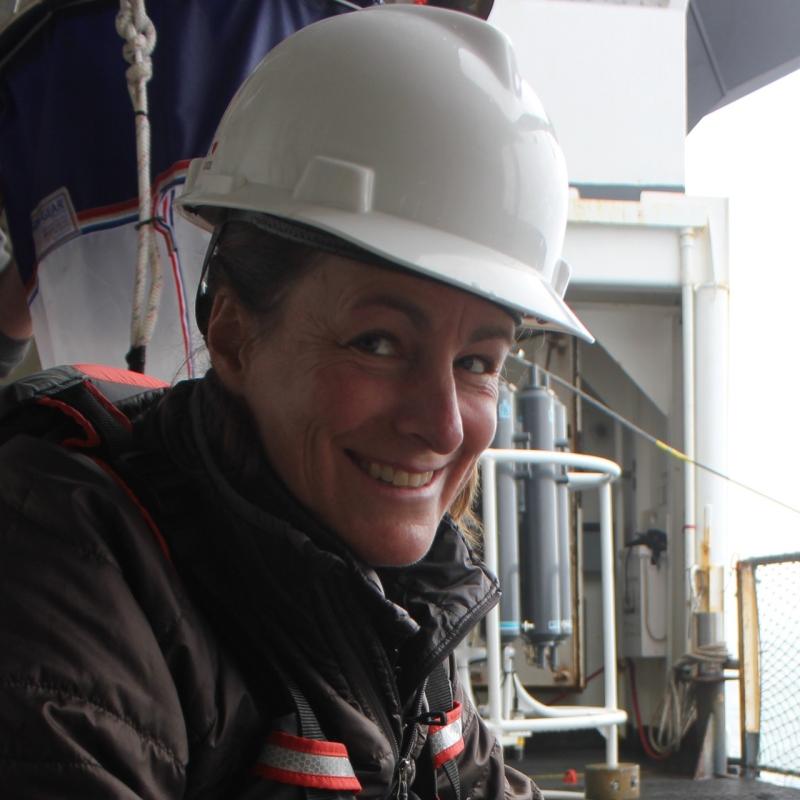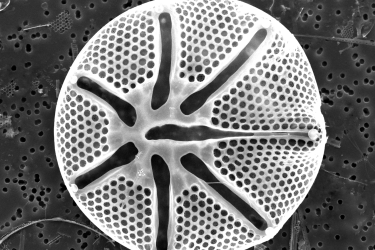Offshore sea surface temperatures in the NE Pacific are once again warmer than normal, reminiscent of the "Warm Blob" that drastically altered the marine ecosystem in 2014-2016. Marine scientists and managers in the Pacific Northwest are eager to see what unfolds. Winter storms could break up the warm surface water, or the warm water could inundate continental shelf waters, possibly changing lower trophic level communities that larger taxa rely on.
There have already been reports of striped marlin, thresher shark, bluefin tuna, yellowtail, and dolphinfish (dorado) being caught off Oregon, and ODFW reports the highest albacore catch (96,235) so far this year compared to the next highest catch (63,176) recorded in 2012.

Temperature anomalies throughout the water column from 1997 through the most recent sample collected on September 11, 2019 at two stations located 5 nautical miles (top panel) and 25 miles (bottom pane) off Newport, OR. The black arrows in each panel show the emergence of warm temperature anomalies from September 11, 2019.
Off Newport, Oregon we've been keeping a close eye on water temperatures and the zooplankton community for any signs of shifts like observed during 2014.
When we sampled during the end of August, there were still signs of waning upwelling, with nearshore water temperatures on the continental shelf similar to the long term mean.
However, sampling on Sept 11, 2019 revealed very warm surface water that extended from the outer edge of the NH line (25 miles offshore) right up to one mile off the beach. However, temperatures near the bottom are still normal. During the 2014 event, warmer than average near bottom temperatures were not observed until approximately 1.5 months after the surface water inundated the Oregon shelf.
 The evolution of the warm water anomalies along the continental shelf off Newport, OR in 2014 (top panels) compared to 2019 (bottom panels). During August in both years, cool water, which is indicative of coastal upwelling, occurred nearshore. However, in September 2014 and now currently, warm surface water extended across the entire shelf with temperatures of 18.6°C recorded at the surface during the September 11, 2019 survey. The maximum surface temperature recorded during the 2014 event was 19.4°C on September 14, 2014 from a buoy located 20 miles off Newport. During October 2014, warm water mainly occupied the upper 10 - 20m, however by early November the upper 50m was anomalously warm.
The evolution of the warm water anomalies along the continental shelf off Newport, OR in 2014 (top panels) compared to 2019 (bottom panels). During August in both years, cool water, which is indicative of coastal upwelling, occurred nearshore. However, in September 2014 and now currently, warm surface water extended across the entire shelf with temperatures of 18.6°C recorded at the surface during the September 11, 2019 survey. The maximum surface temperature recorded during the 2014 event was 19.4°C on September 14, 2014 from a buoy located 20 miles off Newport. During October 2014, warm water mainly occupied the upper 10 - 20m, however by early November the upper 50m was anomalously warm.
While the surface water is quite warm, after a quick peak at the plankton sample, the zooplankton community appears to still consist of summertime taxa.

Plankton samples collected from September 11, 2019 and arranged from inshore (left) to offshore (right). Photo: NOAA Fisheries
The inshore samples are green from a phytoplankton bloom while the most offshore sample, collected 25 miles offshore, is full of krill (Euphausia pacifica).
We'll be back offshore from Sept 20 - 29, sampling from northern CA to northern WA. Stay tuned to learn what we find.


